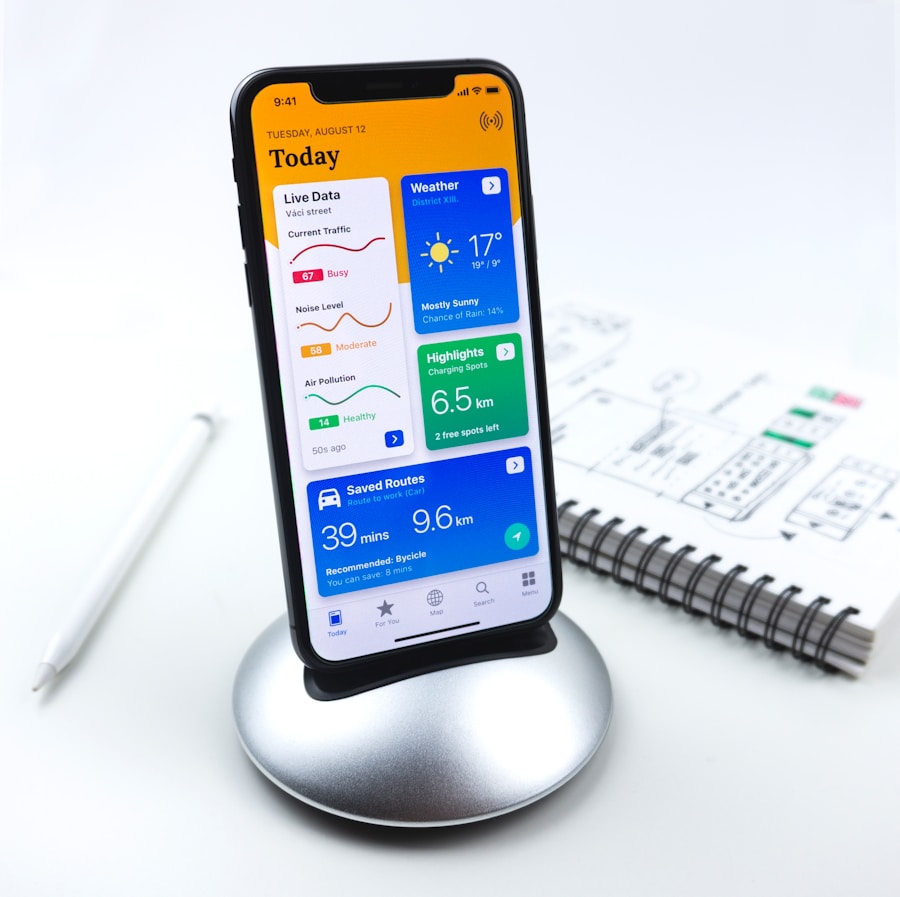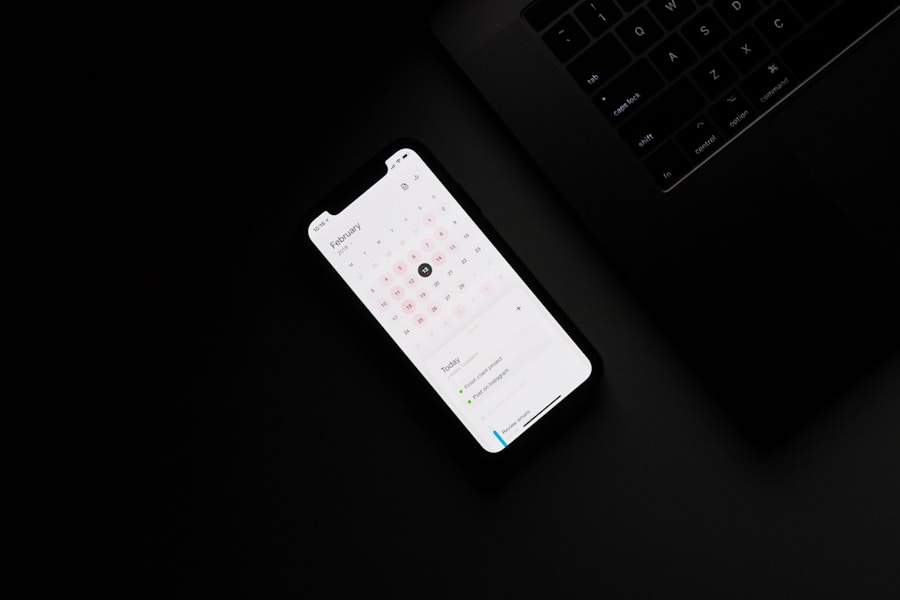In an age where financial literacy is more crucial than ever, expense tracker apps have emerged as indispensable tools for individuals seeking to gain control over their finances. These applications serve as digital ledgers, allowing users to record, categorize, and analyze their spending habits with remarkable ease. The proliferation of smartphones and the increasing reliance on technology for everyday tasks have made these apps not just convenient but essential for effective money management.
With a plethora of options available, from simple interfaces to comprehensive financial management systems, expense tracker apps cater to a wide range of user needs and preferences. The primary function of an expense tracker app is to provide users with a clear picture of their financial landscape. By logging daily expenditures, users can identify patterns in their spending behavior, which can lead to more informed financial decisions.
Whether it’s a casual user looking to curb unnecessary spending or a dedicated budgeter aiming for long-term financial goals, these apps offer features that can be tailored to individual requirements. The integration of technology into personal finance management has democratized access to budgeting tools, making it easier for anyone to take charge of their financial future.
Key Takeaways
- Expense tracker apps help users monitor and manage their spending habits to achieve financial goals.
- Setting up an expense tracker app involves inputting income, linking bank accounts, and categorizing expenses.
- Tracking expenses involves recording all transactions, organizing them into categories, and reviewing spending patterns.
- Analyzing spending habits helps users identify areas for improvement and make necessary adjustments to their budget.
- Setting budgets and goals within the app allows users to track progress and stay on target with their financial objectives.
Setting Up Your Expense Tracker App
Customizing the App to Your Financial Situation
Once the account is established, users are guided through a series of prompts designed to customize the app according to their financial situation. This may include linking bank accounts, credit cards, or other financial institutions to facilitate automatic transaction imports, reducing the manual entry burden.
Categorizing Expenses for Better Analysis
After linking accounts, users can categorize their expenses into predefined categories such as groceries, entertainment, transportation, and utilities. This categorization is essential for later analysis and helps users understand where their money is going. Many apps also allow for the creation of custom categories, enabling users to tailor the experience to their unique spending habits.
Streamlining the Tracking Process
Setting up recurring expenses—such as rent or subscription services—can streamline the tracking process and ensure that all financial obligations are accounted for. This initial configuration is vital; it not only enhances the user experience but also ensures that the data collected is accurate and reflective of true spending patterns.
Tracking Your Expenses

Once the app is set up, the next step is consistent tracking of expenses. This process can be as simple as entering transactions manually or as automated as syncing with bank accounts for real-time updates. Manual entry allows for greater control and mindfulness regarding spending, as users must consciously record each transaction.
However, this method can be time-consuming and may lead to inaccuracies if not maintained diligently. On the other hand, automatic syncing provides convenience and reduces the likelihood of missing transactions but may require periodic checks to ensure that all entries are categorized correctly. To enhance the tracking experience, many expense tracker apps offer features such as receipt scanning and photo uploads.
Users can take pictures of their receipts, which the app can then analyze using optical character recognition (OCR) technology to extract relevant data automatically. This feature not only saves time but also minimizes the risk of losing important documentation needed for budgeting or tax purposes. Furthermore, some apps allow users to set reminders for entering expenses or reviewing their spending weekly or monthly, fostering a habit of regular financial check-ins that can lead to better money management.
Analyzing Your Spending Habits
| Category | Monthly Spending | Percentage of Total Spending |
|---|---|---|
| Housing | 1,200 | 30% |
| Transportation | 500 | 12.5% |
| Food | 600 | 15% |
| Entertainment | 300 | 7.5% |
| Utilities | 250 | 6.25% |
Analyzing spending habits is one of the most powerful features of expense tracker apps. Once users have accumulated enough data over time, they can delve into various analytical tools provided by the app. These tools often include visual representations such as pie charts and bar graphs that illustrate spending distribution across different categories.
By visualizing their expenses, users can quickly identify areas where they may be overspending or where they could cut back. For instance, a user might discover that a significant portion of their budget is allocated to dining out rather than groceries. This insight can prompt them to reassess their priorities and make conscious decisions about meal planning or cooking at home more often.
Additionally, many apps provide insights into trends over time, allowing users to compare their spending month-over-month or year-over-year. Such historical data can be invaluable for understanding seasonal spending patterns or recognizing the impact of lifestyle changes on financial health.
Setting Budgets and Goals
Setting budgets and financial goals is a natural progression after analyzing spending habits. Most expense tracker apps come equipped with budgeting features that allow users to allocate specific amounts to different categories based on their income and financial objectives. For example, a user might decide to allocate $300 per month for groceries and $150 for entertainment.
The app will then track these budgets in real-time, alerting users when they approach or exceed their limits. In addition to category-specific budgets, many apps encourage users to set broader financial goals such as saving for a vacation, paying off debt, or building an emergency fund. Users can input target amounts and deadlines for these goals, and the app will provide progress updates along the way.
This gamification aspect can motivate users to stay on track and make smarter financial choices that align with their aspirations. By combining budgeting with goal-setting features, expense tracker apps empower users to take proactive steps toward achieving their financial dreams.
Utilizing Expense Reports

Expense reports are another valuable feature offered by many expense tracker apps. These reports provide a comprehensive overview of spending over specific periods—be it weekly, monthly, or annually—allowing users to assess their financial performance at a glance. The ability to generate detailed reports can be particularly beneficial for freelancers or small business owners who need to track expenses for tax purposes or client billing.
Users can often customize these reports by selecting specific categories or time frames, enabling them to focus on particular aspects of their finances that require attention. For instance, a user preparing for tax season might generate a report that highlights all deductible expenses incurred throughout the year. Additionally, some apps allow users to export these reports in various formats such as PDF or Excel, making it easier to share with accountants or financial advisors.
The insights gained from these reports can inform future budgeting decisions and help users refine their spending strategies.
Integrating with Other Financial Tools
The integration capabilities of expense tracker apps significantly enhance their functionality and user experience. Many modern apps allow seamless connections with other financial tools such as investment platforms, savings accounts, and even tax preparation software. This interconnectedness creates a holistic view of one’s financial situation by consolidating various aspects of personal finance into one accessible platform.
For example, integrating an investment account with an expense tracker app enables users to see how their spending impacts their overall net worth in real-time. Users can monitor how much they are saving versus how much they are investing, providing clarity on whether they are on track to meet long-term financial goals. Furthermore, some apps offer integration with payment platforms like PayPal or Venmo, allowing users to track peer-to-peer transactions alongside traditional expenses.
This level of integration not only simplifies financial management but also fosters a more comprehensive understanding of one’s financial health.
Tips for Maximizing Your Savings with an Expense Tracker App
To truly harness the power of an expense tracker app and maximize savings potential, users should adopt several best practices. First and foremost is consistency; regularly updating expenses ensures that the data remains accurate and reflective of current spending habits. Setting aside a specific time each week or month for this task can help establish a routine that keeps finances top-of-mind.
Another effective strategy is leveraging alerts and notifications offered by many apps. Users can set up alerts for when they approach budget limits or when unusual spending patterns are detected. These notifications serve as timely reminders that can prevent overspending and encourage more mindful purchasing decisions.
Additionally, taking advantage of any rewards programs or cashback offers linked within the app can further enhance savings opportunities. Lastly, engaging with community features—if available—can provide additional motivation and insights from other users facing similar financial challenges. Many expense tracker apps include forums or social sharing options where users can exchange tips and strategies for saving money effectively.
By fostering a sense of community around personal finance management, these apps not only help individuals track expenses but also empower them to achieve greater financial well-being through shared knowledge and support.
If you are looking for a comprehensive expense tracker app, you may want to check out Valapoint’s Expense Manager. This app offers a user-friendly interface and robust features to help you keep track of your finances effectively. In addition, you may also be interested in their article on the best paper budget planner for 2024, which provides insights into traditional budgeting methods. You can find more information about Valapoint’s services and terms of use on their website. Click here to learn more.







